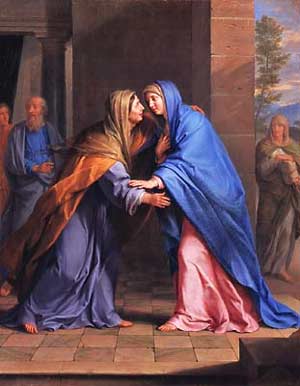
This is another one of those posts where I may get completely carried away. I’ll try to rein myself in. I want to start out with some info about the composer, David N. Childs. He sounds like an extremely busy composer with lots of irons in the fire. I would encourage you to take a look at his professional website, River Avon Productions, just to get a taste of what he’s up to. Interesting little note: he’s married to a laryngologist. Isn’t that like, so cool? Somebody in one of his choirs is having vocal problems? No prob! He can call in his wife to diagnose the case.
When the choir to which I belong performed this piece in our Christmas 2017 concert, we had the opportunity as we have so many times before to publicize the work of a living composer. It’s so great to be able to do this! You don’t just look the artist up on Wikipedia; you get to see what he/she is up to right now. I’m a little tickled to see that Childs is more than happy to fulfill commissions for “video gaming.”

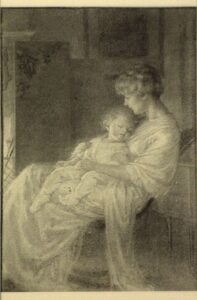
 Yes. A full performance of the entire special service in the Russian Orthodox Church can indeed last pretty much all night, but be aware that the time is filled with much more than music–litanies (petitions and responses), Scripture readings, prayers, etc. A composer wouldn’t have to come up with hours and hours of music. Also, the service is often/usually cut, with the full version being performed very rarely.
Yes. A full performance of the entire special service in the Russian Orthodox Church can indeed last pretty much all night, but be aware that the time is filled with much more than music–litanies (petitions and responses), Scripture readings, prayers, etc. A composer wouldn’t have to come up with hours and hours of music. Also, the service is often/usually cut, with the full version being performed very rarely. First of all, the burning question:
First of all, the burning question: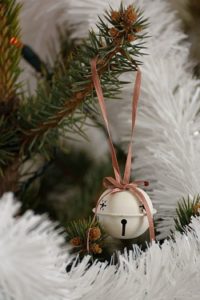

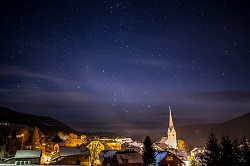 What is the significance of the year 1913 in “Noël: Christmas Eve, 1913”?
What is the significance of the year 1913 in “Noël: Christmas Eve, 1913”?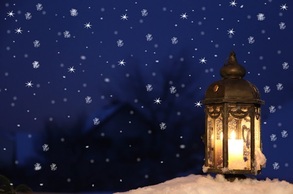 Medleys from musicals or films are a popular way for a choir to be able to give its audience a taste of the original without having to worry about staging the entire work. Listeners who are familiar with the source material will be given an opportunity to hear it in a different venue; listeners who aren’t familiar with it may be encouraged to seek it out. These opportunities also apply to the performers. For instance, I had never seen Guys and Dolls, but when my own choir performed a medley from that musical, I was inspired to watch the film. And the same thing happened to me with Nightmare. I have to say that it sounded pretty icky to me when we first got our music, but I decided to watch the movie anyway so that I’d have a good basis for this post. Guess what? I totally fell in love with it. So very, very creative!
Medleys from musicals or films are a popular way for a choir to be able to give its audience a taste of the original without having to worry about staging the entire work. Listeners who are familiar with the source material will be given an opportunity to hear it in a different venue; listeners who aren’t familiar with it may be encouraged to seek it out. These opportunities also apply to the performers. For instance, I had never seen Guys and Dolls, but when my own choir performed a medley from that musical, I was inspired to watch the film. And the same thing happened to me with Nightmare. I have to say that it sounded pretty icky to me when we first got our music, but I decided to watch the movie anyway so that I’d have a good basis for this post. Guess what? I totally fell in love with it. So very, very creative!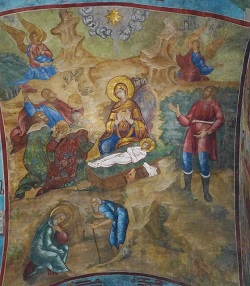 Several interesting (to me, anyway) questions to be answered about what the angels said to the shepherds on Christmas night.
Several interesting (to me, anyway) questions to be answered about what the angels said to the shepherds on Christmas night.